10 Smart Home Ideas You’ll Actually Use (and How to Automate Your Home i...
Imagine this: You grab your bag, lock the door, and head out. As your phone’s GPS senses you’ve left, the doors auto-lock, the thermostat lowers, the robot vacuum glides into action, and your air purifier switches on low. By the time you return, your home feels cleaner, fresher, and smarter.
That’s not a future fantasy; it’s what smart home automation makes possible today. This guide shares practical smart home ideas you’ll actually use, explains what systems you’ll need, and gives you a starter checklist to make automation simple in 2025.
Smart Home or Home Automation?
Before diving in, let’s clear up terms people often confuse.
What is smart home automation?
It’s the setup of devices, sensors, and apps that automate everyday tasks, like lights turning on at sunset or a vacuum running when you leave home.
What is a home automation system?
Think of it as the “brain” of your setup. Platforms like Apple Home, Google Home, or Home Assistant connect your devices so they work together seamlessly.
Smart home vs. home automation:
A “smart home” can simply mean you own gadgets like a smart lock or robot vacuum. “Home automation” goes further; it connects these devices to routines, so they act without you lifting a finger.
Why does this distinction matter? Because many people stop at “smart home” by buying single devices. The real benefits (time saved, energy reduced, peace of mind) come when you tie them into automation systems.
For example, owning a Dreame robot vacuum is great, but linking it to your “Out-the-Door” routine means it works automatically when you leave the house. That’s where convenience turns into lifestyle change.
10 Smart Home Automation Ideas You’ll Actually Use
Here’s where the fun starts: practical automations you can build today.
1. Out-the-Door Routine
Trigger: Phone GPS senses you’ve left home.
Actions: Doors lock, security activates, thermostat lowers, robot vacuum runs in Quiet Mode, and air purifier switches to low.
Benefit: Come back to a secure, fresh, and clean home.
If you often forget lights, add smart switches to this routine. They’ll shut off automatically, saving both energy and money.
Pro-tip Try pairing this with the Dreame L40s Ultra, which can vacuum and mop automatically when you’re away.
2. Doorbell Moments
Trigger: Someone rings your doorbell.
Actions: Porch lights turn on, your TV shows a snapshot, and your speakers chime.
Benefit: You instantly know who’s at the door without scrambling.
Pro-tip An enhancement idea would be connecting this to a smart lock so you can remotely unlock the door for a delivery or trusted visitor.
3. Air-Quality Guard
Trigger: Sensor detects high PM2.5 or VOCs.
Actions: Air purifier boosts and phone alert sent.
Benefit: Breathe healthier air right away.
Pairing air-quality data with a Dreame air purifier means you don’t just guess your air is better; you’ll see numbers drop in real time. That’s peace of mind for allergy sufferers and families with kids.
4. Kitchen Night Reset
Trigger: 11:00 PM.
Actions: Lights dim, your robot vacuum makes a quick pass, and air purifier runs for 30 minutes.
Benefit: Wake up to crumb-free floors and a fresh-smelling space.
Want to level up? Add a smart plug for your dishwasher so it runs during off-peak energy hours, saving money.
5. Gentle Wake
Trigger: Sunrise + workday calendar.
Actions: Lights warm up, thermostat preheats, coffee machine turns on, and purifier refreshes the air.
Benefit: Easier mornings that feel natural.
This routine can also sync with your sleep tracker to ensure the wake-up process starts at the lightest phase of your sleep cycle, making mornings even smoother.
6. Cleaning Day
Trigger: Saturday at 10:00 AM.
Actions: Robot vacuum on high suction + mop, laundry starts, vacuum pauses if motion is detected.
Benefit: Chores run themselves while you relax.
Check out Dreame’s guide on smart vacuums to learn how they can transform your routine.
Pro Tip: If you have pets, schedule this for when you take them for a walk. That way, cleaning happens without scaring them.
7. Kids’ Homework Mode
Trigger: After school, kids in the living room.
Actions: TV turns off, lights brighten, and purifier goes into Quiet Mode.
Benefit: Fewer distractions, cleaner air for focus.
You can also restrict internet access to gaming consoles during “Homework Mode” for maximum productivity.
8. Pet Comfort
Trigger: Hot day and indoor temperature rises.
Actions: Fan switches on, purifier on medium, and robot vacuum avoids pet zones.
Benefit: Pets stay cool, calm, and unstressed.
For even more comfort, connect an indoor camera so you can check on your pet when you’re away. Peace of mind and happy pets.
9. Movie Nights
Trigger: TV turns on after 7 PM.
Actions: Lights dim, shades lower, and purifier goes into Quiet Mode.
Benefit: Instant cinema vibe in your living room.
Enhance the vibe by syncing smart bulbs with the movie soundtrack. The immersive lighting will turn your living room into a theater.
10. Leak & Freeze Sentinel
Trigger: Water leak sensor or pipe freeze alert.
Actions: Water valve shuts, lights flash blue, and phone receives alert and snapshot.
Benefit: Prevent damage before it starts.
Some insurers offer discounts for leak detection systems. Check with your provider to see if you qualify.
How to Set Up a Smart Home in 5 Steps
Smart homes don’t need to be complicated. Start simple:
Pick your “brain”: Begin with Apple, Google, or Alexa. Add Home Assistant if you want advanced control.
Map one daily routine: Choose morning, bedtime, or away mode.
Buy a minimal kit: Don’t splurge. Just start with locks, sensors, and one robot vacuum.
Name devices clearly: Use room-based names (e.g., “Kitchen Light”), not brands.
Get your Wi-Fi right: Place your router well and use a guest network for smart devices.
Mistake to avoid: Buying 20 gadgets at once. Start with 2–3, build routines, and expand gradually. This keeps costs low and avoids setup frustration.
Platforms & Apps You’ll Need
Apple Home, Google Home, Alexa → Best for voice control and family adoption.
Home Assistant → Open-source, powerful, and customizable.
IFTTT → Great for connecting apps and devices.
Many Dreame devices already integrate with Alexa and Google, meaning you can add vacuuming or air purifying to existing routines without extra apps.
How Does Smart Home Automation Work?
Smart devices communicate using protocols like Wi-Fi, Zigbee, Z-Wave, and Matter.
Pro-tip Choose products that support Matter, the new industry standard designed to make cross-brand setups easier. Dreame devices are Matter-compatible, meaning they work smoothly across ecosystems.
Example: Your Zigbee sensor detects movement → it signals your Matter-enabled hub → the Dreame robot vacuum starts cleaning. This chain reaction is what makes automation seamless, and choosing Matter means fewer headaches when adding new devices.
Shortlist (Buy These First, Not Everything)
Building a smart home doesn’t mean buying every gadget on the market. Start with a few essentials that give you the biggest impact and expand from there.
Smart switches and bulbs (lighting is your daily win)
Multi-sensors (motion, temperature, humidity, and light)
Smart lock and doorbell
Robot vacuum (for automated cleaning)
Air purifier
One bridge (if needed)
Check out Dreame’s article on home robots for more innovative devices worth exploring.
Privacy & Security Tips for Your Smart Home
Keeping your data safe matters as much as convenience.
Use a guest network for smart devices.
Prefer local control where possible.
Keep firmware updated.
Limit camera placement and use privacy shutters.
Also consider two-factor authentication for smart apps. Hackers rarely target smart homes, but adding this layer ensures your system remains yours alone.
FAQs About Smart Homes
Are smart homes a good idea?
Yes, when set up thoughtfully. They save time, boost security, and cut energy bills.
Why may smart homes be a bad idea?
They can feel complex and raise privacy concerns. But with local-first setups and careful device choice, risks are manageable.
What is the best-rated open-source home automation software?
There’s no single “best,” but Home Assistant is popular for advanced control. OpenHAB and Domoticz are also options. Choose one that fits your comfort level.
Do smart homes use more electricity?
Most smart devices are energy-efficient, and automations (like turning lights off automatically) usually save more energy than they consume.
Final Thoughts
Smart homes aren’t about showing off gadgets; they’re about making life easier. With simple automations like out-the-door routines, bedtime resets, or cleaning days, you’ll save time and enjoy a fresher, safer space.
If you’re starting your journey, keep it simple, choose Matter-compatible devices, and let products like Dreame robot vacuums handle the daily cleaning chores.
A smarter home in 2025 doesn’t have to be complicated—it just has to work for you.

















































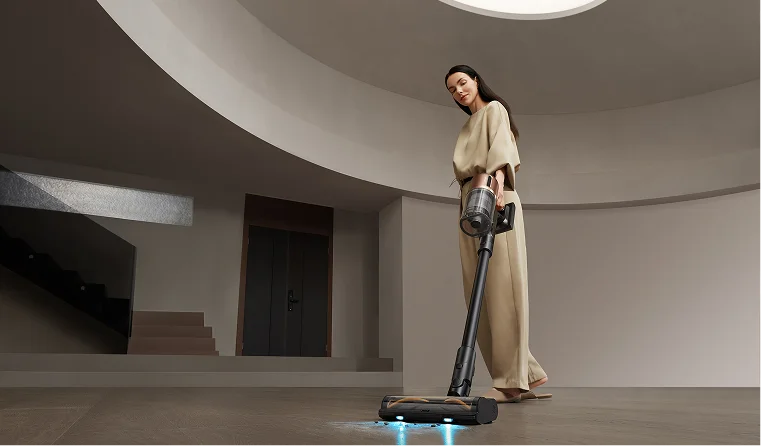





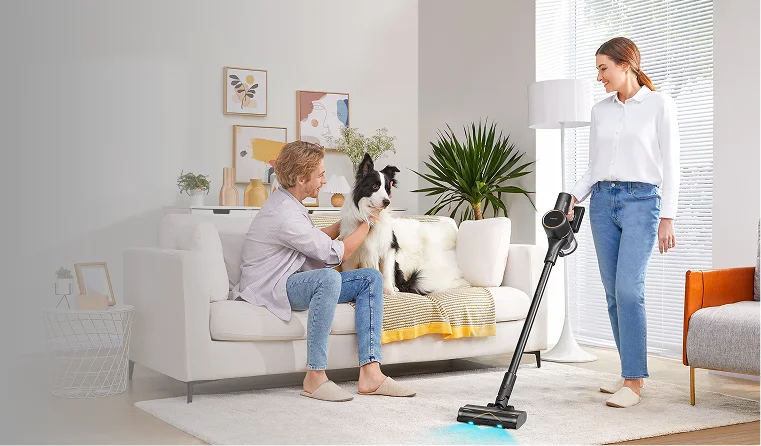

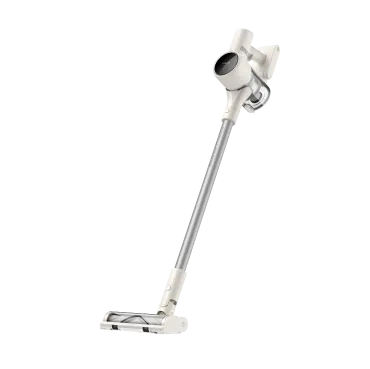
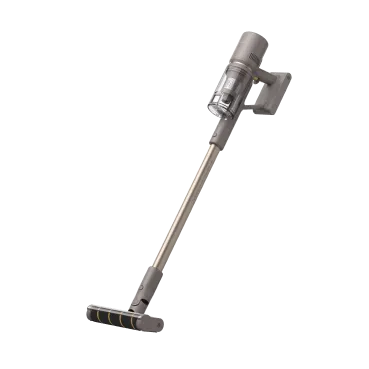
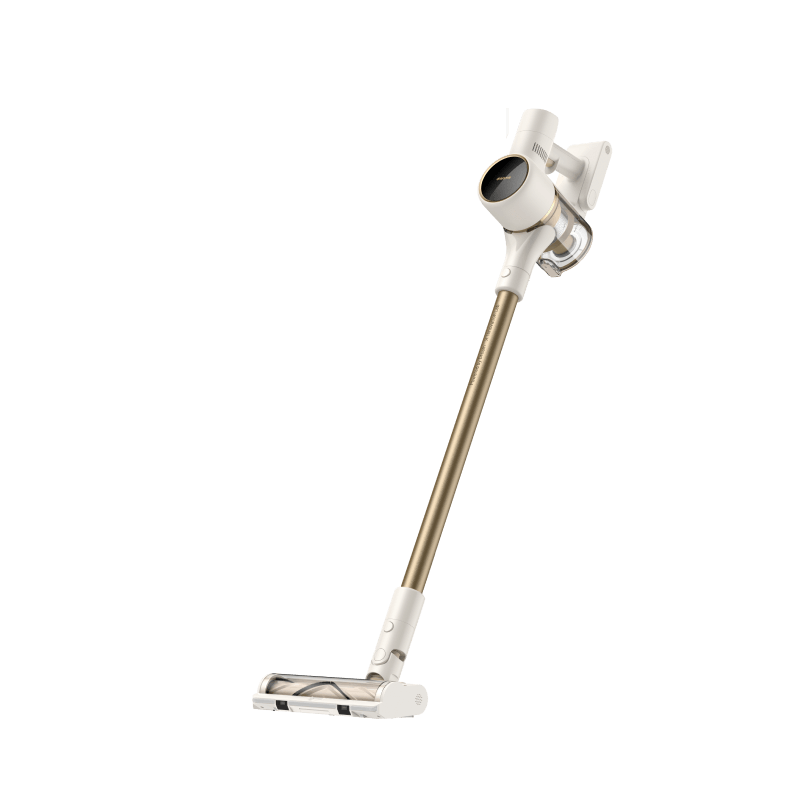



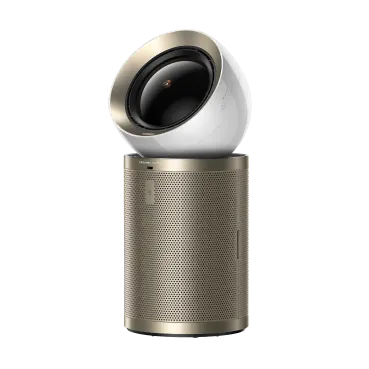
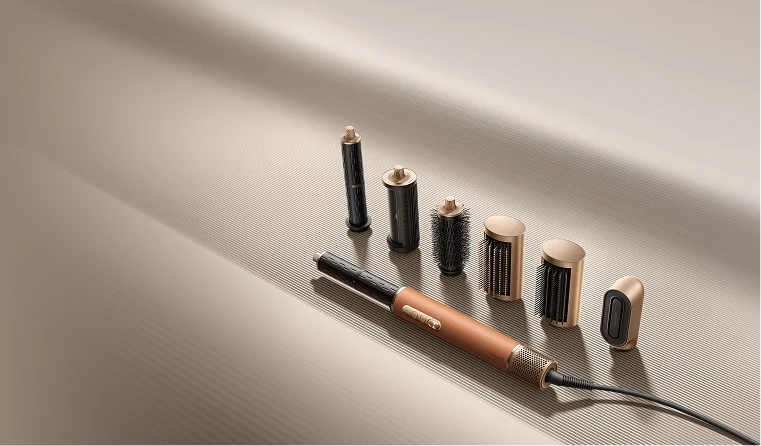
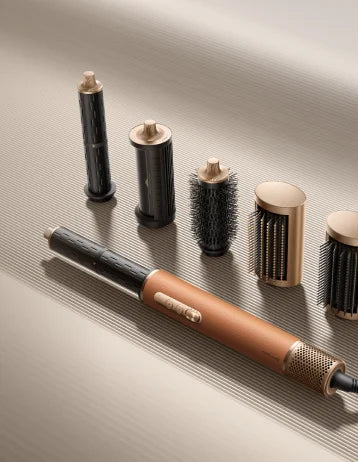



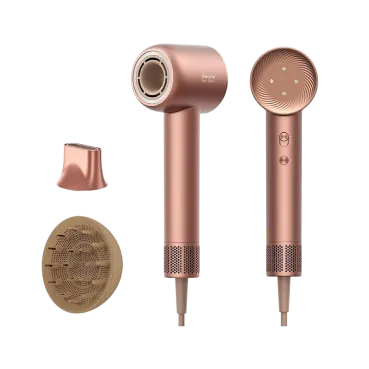



















 Australia
Australia 中国大陆
中国大陆 日本
日本


 Türkiye
Türkiye


 Italia
Italia
 Netherlands
Netherlands Belgium
Belgium
 Greece
Greece Polska
Polska
 Norway
Norway
 Sweden
Sweden
 Finland
Finland
 Denmark
Denmark
 Hungary
Hungary Czechia
Czechia
 Slovenia
Slovenia
 Croatia
Croatia
 Switzerland
Switzerland United Kingdom
United Kingdom
 Canada
Canada







